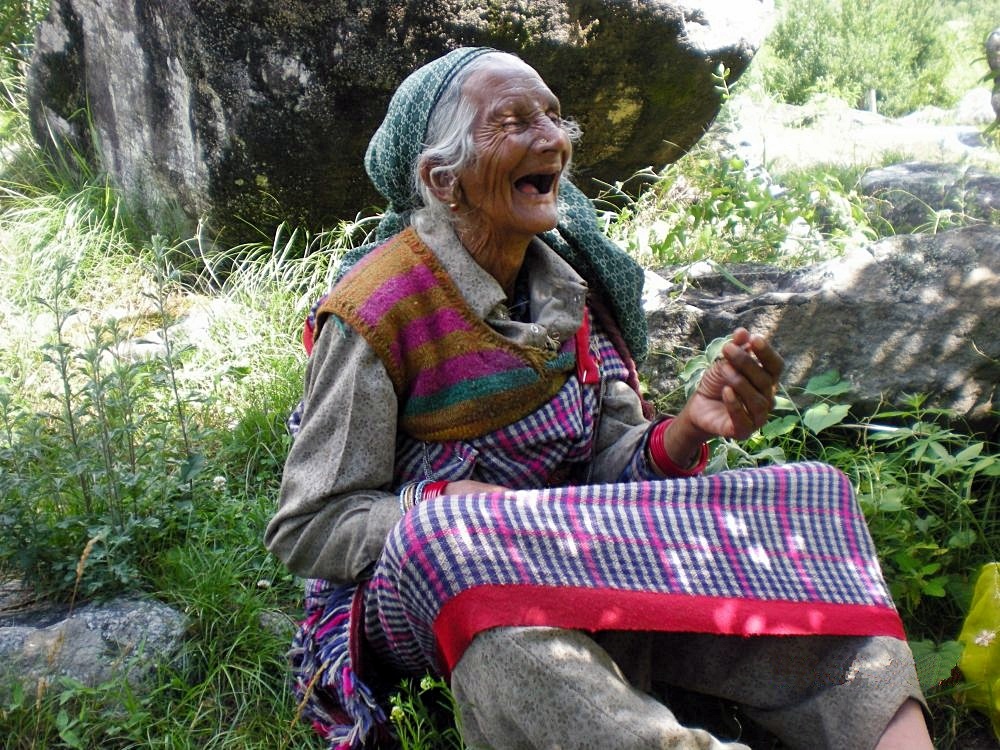MSc International Development and Humanitarian Emergencies candidate, Emma Smith, and her father, Ross Smith, a Fellow of the Royal Society of the Arts, explore how the UNHCR Comprehensive Refugee Response Framework (CRRF) can be applied to the coming age of AI-based worker displacement.
Since the dawn of humanity, the nature of our work has been constantly evolving. From the cradle of civilization to the invention of paper to the Gutenberg revolution – through modern day examples including the assembly line, airplane, television, and the internet – technological and scientific advances have been continuously influencing the nature and types of the tasks we perform as humans. In addition, we’ve been subject to humanitarian conflict, migration, and displacement – for thousands of years. Many of these dramatic changes have brought anxiety and apprehension as we are moved from our comfort zone and forced to change or give up on our previous ways of life.
In the early 21st century, we find ourselves amid dramatic change. First is the displacement of millions around the globe – forced from homes or homeland through economic, military, political, or natural disaster-related circumstances. We also enter new era of increasingly rapid technological change. Quantum computing, language translation, artificial intelligence, machine learning, facial recognition, mobile technology, cloud services, chatbots, 3d printing, social networking, and big data are all changing the way we live and share the potential to disrupt the way we work.
We have an opportunity to consider new approaches as many of our human tasks are being replaced by technological advances. We can investigate and apply our collective experience with the current refugee crisis to workers whose jobs will be displaced by technology.
Humanitarian Crisis
Across the globe, millions of people are displaced by conflict, governmental changes, natural and economic disasters. According to NetHope.org and UNHCR, “68 million+ displaced globally, over half of whom are youth; the average amount of time that people spend as refugees has increased to 26 years; and 92 percent are hosted in developing countries with limited infrastructure to support their growing needs.” The global impact is unprecedented.
Comprehensive Refugee Response Framework (CRRF)
In 2016, all 193 United Nations Member States adopted The New York Declaration for Refugees and Migrants. In this Declaration, the Comprehensive Refugee Response Framework set out to create an improved response for large movements of refugees. Its four key objectives are to:
- Ease the pressures on host countries;
- Enhance refugee self-reliance;
- Expand access to third-country solutions;
- Support conditions in countries of origin for return in safety and dignity.
There are currently 15 CRRF roll-out countries, including Mexico, Guatemala, Costa Rica, Afghanistan, and Chad.
Countries around the world to figure out how to address the challenges of those displaced by conflict, education, access to healthcare.
If we can make these investments not only does our world become a better place – but we also learn to build a better future and leverage these learnings to make our relationships even more impactful.
Workers to be Displaced by Automation
There is amazing work to address the needs of refugees and those displaced through conflict and strife. We are beginning to see how automation, artificial intelligence (AI), and machine learning will displace workers across most industries over the next few decades. A recent study by McKinsey & Co found that automation could displace as many as 800 million workers by 2030 – more than 10 times the number of individuals currently displaced by conflict and natural disasters.
Mapping the CRRF to Displaced Workers
We believe there is an opportunity to learn from the CRRF to and prepare for workers displaced by automation and there is a close mapping between various actors in both displacement scenarios.
| CRRF Actor | Displaced by AI and Automation |
| Refugee or Displaced Individual | Worker |
| Country of Origin | Existing employer/industry deploying automation or AI |
| Host Country | Welfare, unemployment office, temp agency |
| Third Country | Re-skilling and new employers/industries |
An attempt to reposition the four key objectives of the CRRF in the context of worker displacement could look like this:
- Ease the pressures on welfare offices, unemployment lines, temp hiring agencies through new partnerships, creative public / private partnerships, entrepreneurships, and embracing the “gig economy”.
- Enhance displaced worker self-reliance through access to financial and educational resources, enabling emerging technologies and AI educational tools, and human-AI collaboration techniques like Skype in the Classroom.
- Expand access to re-skilling, retraining solutions, and new employment opportunities, “returnships”, online education opportunities, mid-career internships, volunteering.
- Support conditions in existing employers/industries for repurposing / return in safety and dignity to new roles. Support research and qualitative/quantitative studies and free services to incorporate the research into governmental training and representation.
In addition, similar to initiatives like NoLostGeneration that work to get ahead of the problem by addressing the youth, we can leverage technology to build 21st century skills in advance of a crisis.
Clearly, there is significant investigation to be done here, but this appears to be a starting point to consider in addressing the coming changes.
Conclusion
The Secretary General of the International Federation of Red Cross and Red Crescent Societies suggests that preparedness measures can prevent a hazard from becoming a disaster. He also notes that “it is the smart thing to do from an economic point of view.” We believe that the projected impact of worker displacement over the next 20 years, while different, the numbers go well beyond the humanitarian crises of today. This potential worker displacement warrants consideration of preparedness measures as addressed in the CRRF in the case of refugees.
The challenges ahead highlight the need for collaboration between the K-12 and higher education communities, industry, government, not-for-profit, and humanitarian agencies to cooperate and get involved in preparing for the coming machine age. Now is the time to explore and evaluate the application of the CRRF and other humanitarian frameworks in the context of worker displacement through AI and automation. An opportunity to influence education and the demand for 21st century skills.
We have a lot of work to address today’s humanitarian crisis and support those displaced by conflict. As a society, we will learn more and gain experience – and have a tremendous opportunity to apply these learnings to the coming age of AI-based worker displacement. This is not meant to discount our current crisis, nor overlook these challenges, but an invitation to apply our learnings from today towards our future challenges.
Emma Smith (@emmyagsmith) is an MSc Candidate at LSE in International Development and Humanitarian Emergencies. She completed her BA at Duke University in International Comparative Studies, Arabic Literature, and Innovation and Entrepreneurship. Her research interests are in technology, private sector, and behavioural insights for crisis preparedness and response.
Ross Smith, FRSA (@42projects) is Emma’s Dad; a Fellow of the Royal Society of the Arts; Director of Skype for Good at Microsoft; Author of The Practical Guide to Defect Prevention and holds seven U.S. patents. He is a board member of the Spreeha Foundation and a blogger for the Society for Human Resource Management (SHRM). His academic papers are published on ResearchGate.
The views expressed in this post are those of the author and in no way reflect those of the International Development LSE blog or the London School of Economics and Political Science.





